Aerospace
Indian Tejas Mark 1 vs the Korean FA 50. which is most appropriate for RMAF malaysia
The Malaysian government is currently evaluating the final bids from both nations so that it may make the best decisions.
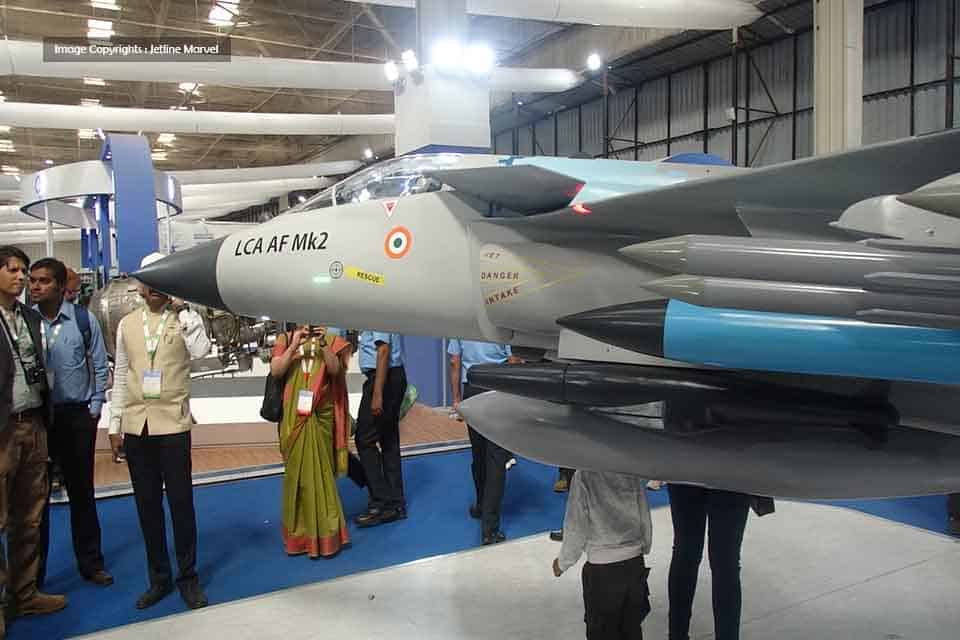
Now that the two nations have agreed upon the Malaysian Air Force aircraft tenders, The Malaysian government is currently evaluating the final bids from both nations so that it may make the best decisions.
We will discuss each of the offerings from both countries in the article.
About KAI – FA 50
A family of South Korean supersonic advanced jet trainers and light combat aircraft known as the KAI T50 Golden Eagle was developed by the Korean aerospace industry in collaboration with the United States Lockheed Martin Company.
Why did Tejas not win the RMAF tender? Here are four potential reasons.(Opens in a new browser tab)
Its first flight took in 2002, and it joined the Republic of Korea’s air force in 2005. T-50B, TA-50, and FA-50 are the aerobatic and combat versions of the T-50 that have been further developed.
Since 2001, it has produced 200 aircraft, which are now being used by the air forces of three different nations: Iraq, Indonesia, and the Philippines. Additionally, Thailand had placed an order for 12 aircraft, Colombia for 20, and Poland for 48.
This aircraft will reportedly be compared to the F16 aircraft, and pilots who have trained on it will have no difficulty flying the FA 50 aircraft.
These are two new challenges Malaysia faces in purchasing FA50.(Opens in a new browser tab)
About HAL – Tejas Mark1
Hindustan Aeronautics Limited (HAL) created the HAL Tejas, a single-engine, delta-wing, light multirole fighter for the Indian Air Force and Indian Navy.
Tejas is currently a member of the India Air Force’s No. 45 Squadron, which will by 2025 replace its entire inventory of outdated Mig 21 aircraft.
Indian HAL has extensive experience producing aeroplanes and has produced numerous aircraft systems in partnership with numerous nations. HAL currently develops helicopters, fighter jets, trainer planes, and commercial planes in addition to maintaining larger defence planes like the Russian Sukhoi and other planes in its platform.
Now that the Philippines has become a customer for its helicopters and weaponry, India’s HAL is hunting for a foreign buyer for its aircraft.
Does Malaysia choose the Tejas fighter jet from India?(Opens in a new browser tab)
Additionally being promoted to Mark 2 status, this aircraft will have some extremely cutting-edge characteristics, making it a 4.5-generation fighter jet.
What is HAL providing to RMAF under the deal?
It will offer MRO (Maintenance, Repair, and Overhaul), and Aviation Management Courses, and promote regional manufacturing. Additionally, it will provide maintenance and upgrades for the Russian Su-30MKM and Hawk aircraft owned by Malaysia.
The Indian BVR missiles, which are similar to the all-weather Astra missiles, are favouring HAL in the Malaysian selection. Additionally, the Royal Malaysian Air Force may receive BrahMos missiles as a result of the Tejas agreement (RMAF).
HAL has also offered to support the RMAF in upgrading its Hawk fleet. Other HAL platforms like HTT-40 basic trainer, Dornier-228 light maritime reconnaissance aircraft, Dhruv Advanced Light Helicopter (ALH) and the Light Combat Helicopter (LCH) have the potential to be inducted by RMAF in the future says HAL. and further, it will upgrade the aircraft for AMCA and Tejas mark2
What South Korea proposes to the RMAF in the FA 50 contract.
Korea Aerospace Industries (KAI) also proposed to build a final assembly facility for its FA-50 Block 20 light fighter at Kuantan as part of its bid to win the Fighter Lead-In Trainer/Light Combat Aircraft (FLIT/LCA) programme from the Royal Malaysian Air Force (Tentera Udara Diraja Malaysia/TUDM).
The construction of the facility will cost between MYR440 million and MYR560 million (about USD100.3 million and USD127.7 million at the current exchange rate). A maximum combined output of two aircraft per three to six months will be produced by either one or two final assembly line(s), depending on Malaysia’s choice and the results of KAI’s on-site study.
The fighters that Malaysia’s RMAF is looking for.
The programme mandates the purchase of supersonic light fighter aircraft with aerial refuelling, Beyond Visual Range (BVR) combat capability, and at least 30% Malaysian-made componentry. Additionally, it mandates that the manufacturer begin deliveries within 36 months of contract signing.
Tejas boasts a higher service ceiling, maximum takeoff weight, and top speed despite both having roughly equivalent ranges. Another positive aspect of integration is that Malaysia uses a combination of NATO and Russian-made equipment, similar to India.
RMAF, is expecting to pay in the region of $900 million for 18 fighters, or $50 million per fighter.
Which fighter plane do you think will be best for Malaysia’s defence? Let us know in the comments below.

Aerospace
When Ratan Tata was denied entry to the airfield at the Aero India show, he waited
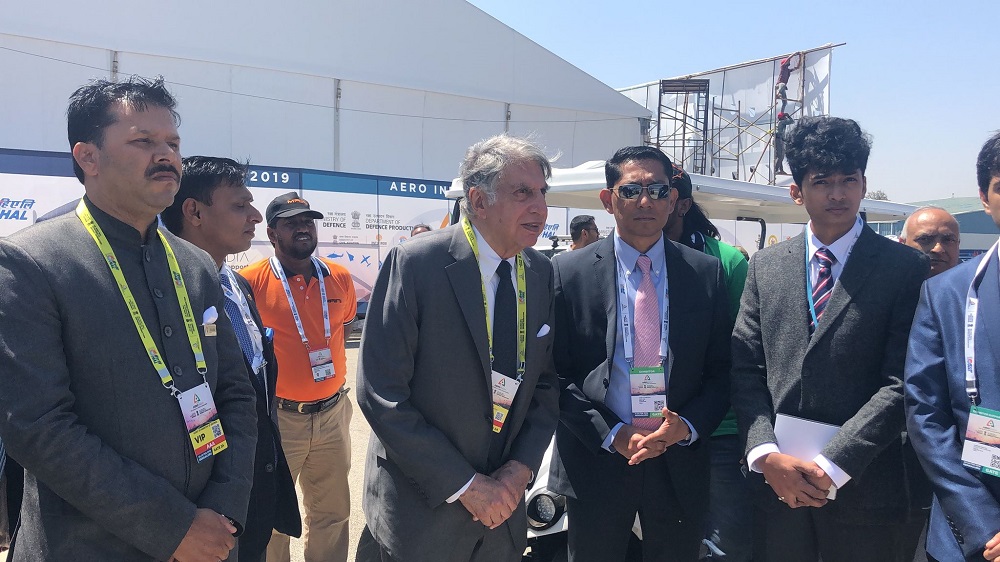
During our visit to Aero India 2019, we had the unexpected opportunity to see Ratan Tata at the event, which was a thrilling moment for us. However, there was a surprising hiccup when the security staff didn’t allow him to enter due to a lack of a security pass.
Despite this, he remained calm and patiently waited for about 20 minutes until a member of the Tata team brought him the required pass, after which he calmly proceeded inside. It was a humbling sight, showcasing his composed demeanor even in such situations.
Ratan Tata ji is not only a renowned industrialist but also a trained pilot, holding a pilot’s license. In 2007, he became the first Indian civilian to fly the F-16 Falcon during the Aero India show in Bangalore—a proud moment for the nation.
His passion for aviation extended beyond flying, as he played a key role in shaping India’s aerospace industry. Under his leadership, Tata ventured into manufacturing and maintaining aerospace components while upholding its legacy of quality. Notably, Tata’s collaboration with Airbus to develop and manufacture the C295 aircraft is a testament to its growing influence in the sector.
-
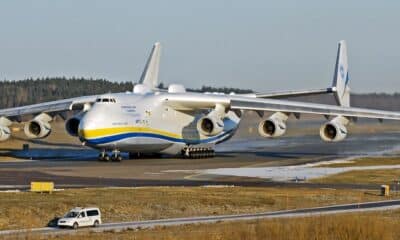
 Aviation2 months ago
Aviation2 months agoMicrosoft Flight Simulator Raises $3 Million to Bring Back the An-225 Mriya
-

 Airlines2 months ago
Airlines2 months agoQatar Citizens Can Travel to the United States Without a Visa
-
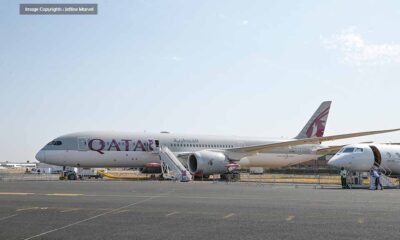
 Aviation2 months ago
Aviation2 months agoQatar Airways bans these new Electronic Devices on plane
-
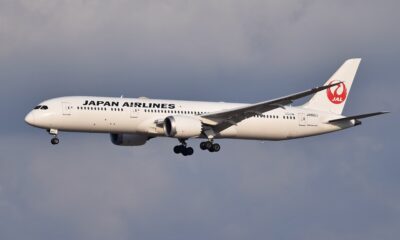
 Airlines2 months ago
Airlines2 months agoJapan Airlines Rolls Out Free Domestic Flights to International Passengers
-
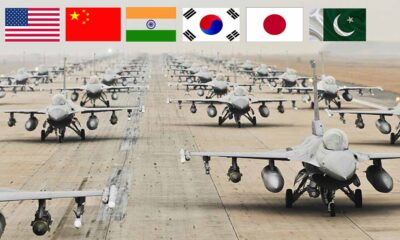
 Defence2 months ago
Defence2 months agoWhich Country Has the Largest Fleet of Fighter Aircraft?
-

 Airport2 months ago
Airport2 months agoWestern Sydney Airport Welcomes Its First Plane After 6 Years of construction
-
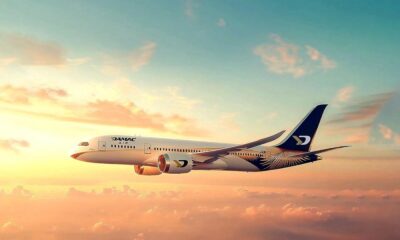
 Airlines4 days ago
Airlines4 days agoDAMAC Air: Dubai’s New Luxury Airline Offers Free Flights for Registration
-

 Aviation2 months ago
Aviation2 months agoDid you know ? Once Boeing 747 carried 1088 passenger in 1991








